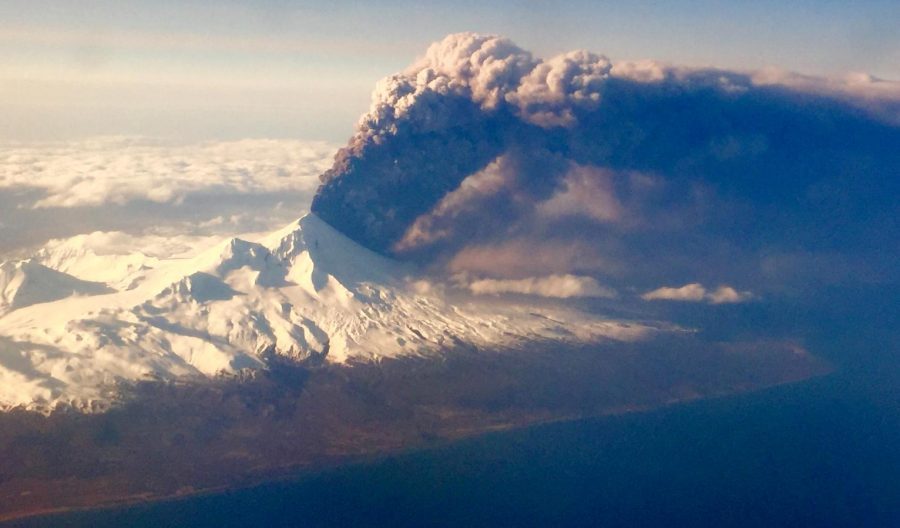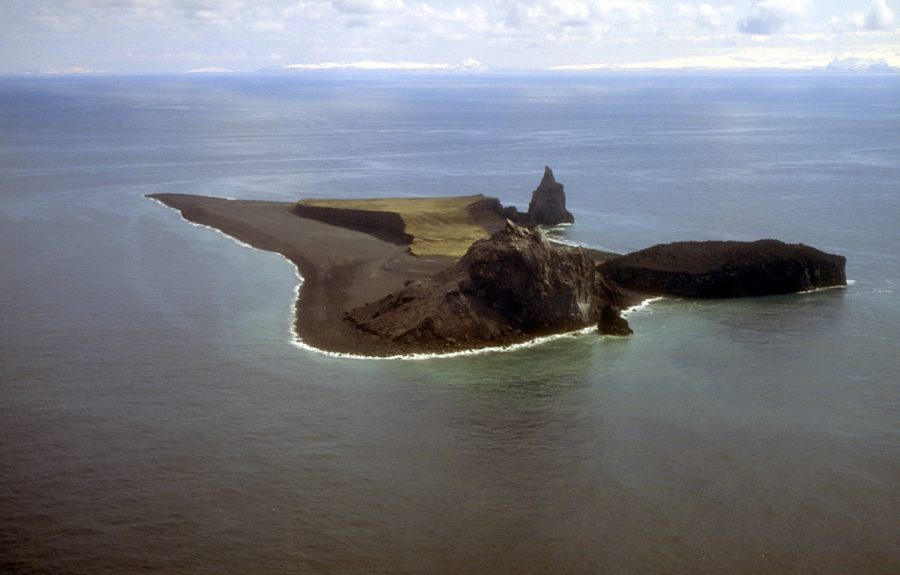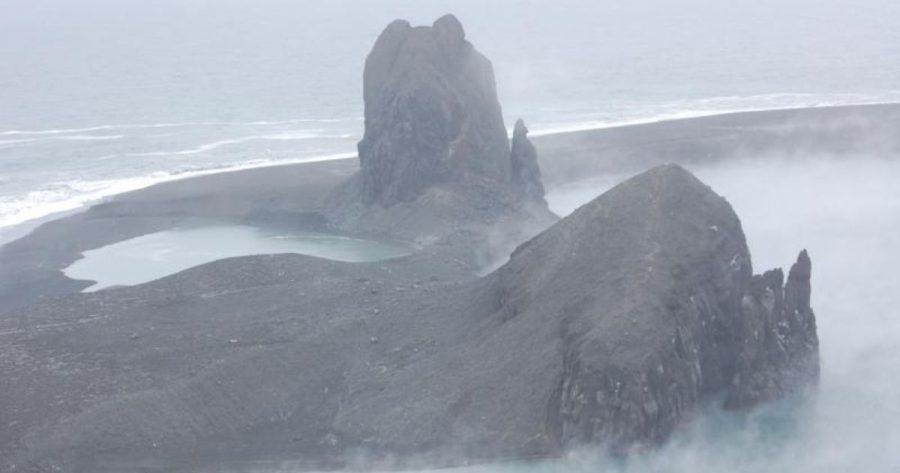The Bogoslof Volcano in Alaska’s Aleutian Islands erupted at 2:16 p.m. on Sunday, causing the Alaska Volcano Observatory to raise the Aviation Color Code to Red.
After 55 minutes, the volcano settled and the alert color code was reduced to orange. However, there haven’t been more emissions after the plume of ash rose to 35,000 feet. The National Weather Service alerted that the ash could climb as high as 50,000 feet. The agency issued a warning due to ash traces hovering over the nearby isles

The eruption could disrupt trans-Pacific flights
Volcanic ashes are known to be abrasive, and this may cause planes to fail, as it melts at jet engine temperatures. Usually, the aircraft has to fly around ash clouds, and because of the eruption flights are going to change the routes.
The Bogoslof Volcano has been active for six months, so even if there haven’t been more emissions, the cloud of approximately 10,000 meters has been a real problem, and dozens of flights have been canceled. Any ash cloud above 6,000 meters is already a threat. North American and Asian flights are very likely to be grounded for several days.

According to AVO, the volcano remains in an unpredictable condition. The volcano can activate once more with additional explosions, expelling ash clouds above 15,000 feet. Nevertheless, no new emissions have been recorded since yesterday, nor seismic activity in the infrasound stations near the island. This is rather important as previous explosions were preceded by an increase in seismic activity.
The Bogoslof Island is located along the southern edge of the Bering Sea and it is part of the Aleutian Island chain. It is uninhabited as it is the summit of a submarine stratovolcano. In 1909, President Theodore Roosevelt designated it a sanctuary for sea lions and nesting marine birds. In 1967 it was designated a National Natural Landmark.

Scientists, and specially geophysicists, are very interested and delighted with this particular volcano because there is still a lot to learn and unveil about the underwater eruptions.
“It comes through the ocean, and so there’s a different character to the plumes, there’s more lightning detection we’re getting off these, so it’s an interesting science study as well,” stated Hans Schwaiger, a researcher at the Alaska Volcano Observatory.
Schwaiger had commented on alert levels being red after the May 17 eruption, as researchers at the observatory expected the volcano to settle down.
Source: Inquisitr
